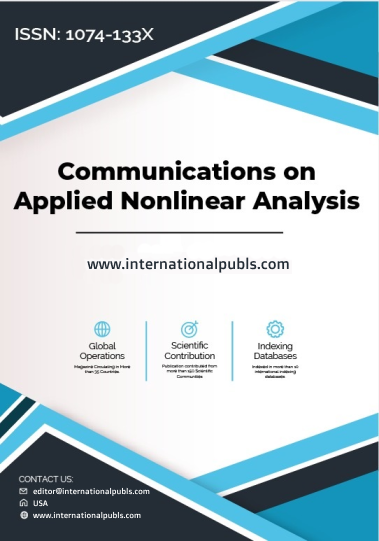Finite-Dimensional Hilbert Spaces: Optimal Basis Selection and Its Applications in Signal Processing and Numerical Analysis
Main Article Content
Abstract
This paper presents a self-contained theoretical and practical framework for optimal basis selection in finite-dimensional Hilbert spaces, with applications in signal processing and numerical analysis. Based on quantum-optical state theory and dagger category frameworks, we give a rigorous mathematical development that yields a criterion for basis selection, enabling a proper trade-off between approximation accuracy and computational efficiency. The study introduces new methods to represent discrete signals via Wigner functions, along with explicit error bounds for numerical approximations. Our framework contains both theoretical foundations and practical implementations, illustrated by case studies showing the validity of the approach. Hence, it makes three key contributions: it gives a unified treatment of the basis selection criteria; it provides efficient numerical methods with provable convergence properties; and it presents practical implementation strategies for signal processing applications. Results indicate that our finite-dimensional approach attains high accuracy yet remains computationally efficient, with fidelity measures above 0.99 for optimal parameter choices. To further validate the performance of the framework, extensive numerical experiments are provided, which show the usefulness of the framework in a variety of applications from quantum state representation to digital signal processing. This work also addresses some of the theoretical challenges in dimensional scaling and error propagation, establishing a basis for future developments in the field. Our results show that finite dimensional methods offer significant benefits in mathematical tractability and computational realization at the cost of little accuracy for most practical applications.
